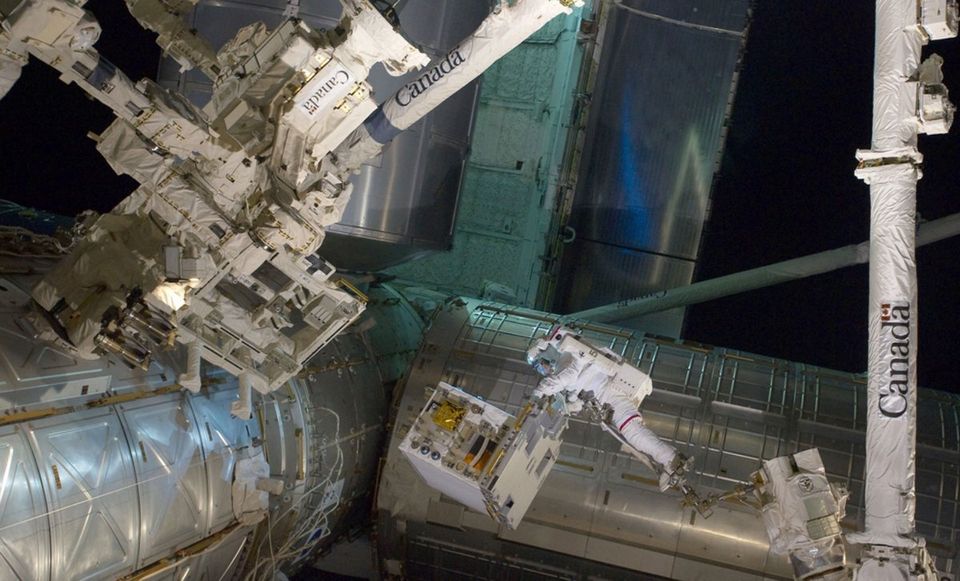
Canada may soon own a piece of space on Earth, after beginning construction on a mapping system that will help bring back pieces of an asteroid named Bennu.
With the help of $8.84 million in funding announced by the federal government on Thursday, construction is set to begin on the OSIRIS-REx Laser Altimeter — a mapping system that will create 3D maps of the asteroid.
"This is really groundbreaking for space exploration," said Treasury Board president Tony Clement, who presented details of the project in Toronto.
"It means we'll have a better understanding of the origins of the solar system and of course that helps us understand many things, including our environment, including the mineral composition of bodies outside of the Earth and so it's of historic scientific importance. And it also helps, incidentally, the space industries that we have here in Canada."
The Canadian Space Agency and technology company MacDonald, Dettwiler and Associates have been designing the OSIRIS-REx Laser Altimeter since 2008.
The latest funding commitment — which is part of a planned $61 million for the project over 15 years — will allow the Canadian scanning system to be constructed in preparation for an American-led NASA mission, which will blast off in late 2016 and reach the asteroid Bennu in late 2018.
Once there, it will spend eight months studying the asteroid's geology to help scientists select a site from which to collect a sample.
The spacecraft will then approach the surface of the asteroid and, without landing, will use a robotic arm to collect at least 60 grams of material from its surface.
The asteroid sample is expected to return to Earth by 2023, at which time Canada will get to own four per cent of it, giving Canadian scientists their first-ever direct access to an asteroid sample brought from space.
"(Asteroids) contain material, original material, from our solar system and when you study them it helps us understand the conditions of our solar system, its birth and maybe even the origin of water on Earth," said Walt Natynczyk, president of the Canadian Space Agency.
"The information in this mission will also help us in our knowledge of how to track the orbits of asteroids, especially when they come near the Earth."
The asteroid the mission is focusing its attention on is thought to be rich in carbon, dark in colour and is unlike any samples found in meteorite collections. It is thought to have a one in 2700 risk of impacting Earth in about 200 years.
With files from The Canadian Press
Also on HuffPost
